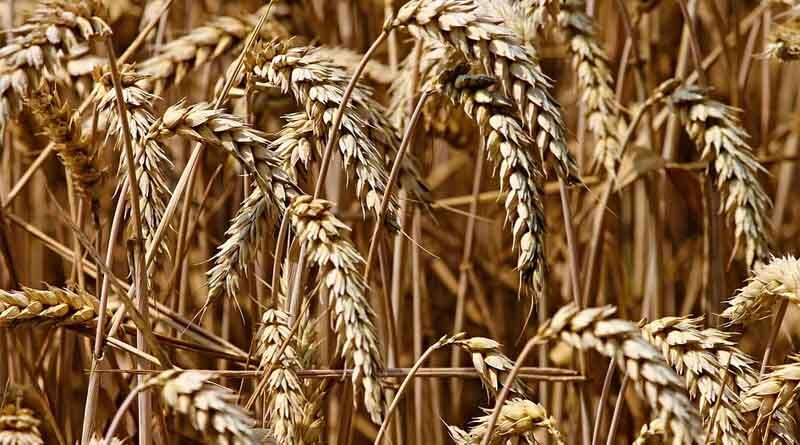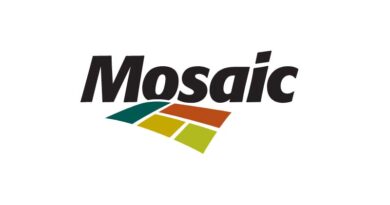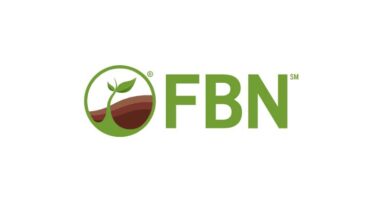Morocco’s wheat imports jump in March under new quotas
07 April 2023, Morocco: Morocco’s private importers stepped up imports of soft wheat in March to the maximum volume allowed under the government’s new “first come, first served” import quota system, as prospects for the country’s local crop worsen in the run up to the harvest in May.
Moroccan ports received 508,000t of soft wheat in March, local silo and port data show (see chart). This represents the maximum volume eligible for government rebates under a new 500,000 t/month quota system and is the first time that Morocco has imported wheat at the same rate as local consumption since October — local millers typically process around 450,000-500,000t of wheat a month.
France kept its place as the top supplier with 300,000t arriving in Morocco in March, despite increasing competition from German sellers. German 11.5pc wheat was available fob Rostock at a similar price to fob Rouen levels for French 10.5pc wheat, with market participants indicating only a €1-2/t ($1.1-2.2/t) difference in freight between the two ports.
Morocco imported 115,000t of German wheat in March, as well as 64,000t from Romania’s Constanta port — the first imports from this origin since July. And Morocco imported 30,000t from Polish ports.
Morocco’s private importers are understood to have booked the full 1.5mn t of wheat allowed under government quotas to arrive in March-May shortly after an official amendment to the rebate system was released in early March. Local market participants expect the bulk to ship from France. Sellers at Rouen are reportedly already covered for over three-quarters of the volume sold and so the latest Moroccan deals have done little to support cpt Rouen prices in France’s internal spot market.
The Moroccan government’s rebate system is currently set to end on 31 May — one month later than initially planned — to allow local producers to sell without competition from imported wheat. But a deteriorating outlook for domestic crop could encourage the government to bring back the system earlier than usual in the new June-May marketing year. Little rain is forecast for Morocco over the next two weeks, which is a critical period for the country’s May-harvested crop.
And with April-May imports capped at a total 1mn t, Morocco is set to fall short of its import needs for the current marketing year, as projected by the USDA (see chart). The country will then start the coming marketing year with lower beginning stocks, even after shifting suppliers in 2022-23 to make up for a near-total lack of Ukrainian and Argentinian supply.
Also Read: G20 India: 2nd ADM of the Agriculture Working Group held in Chandigarh
(For Latest Agriculture News & Updates, follow Krishak Jagat on Google News)















